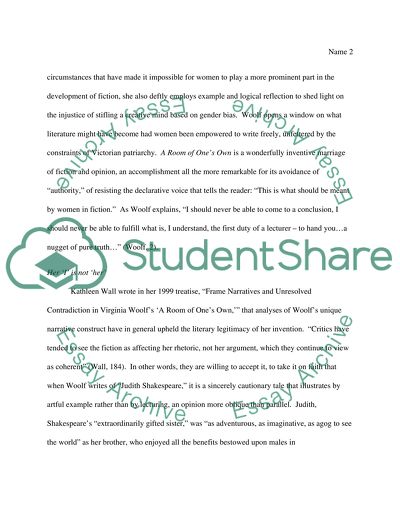Cite this document
(“Narrative Technique in A Room of Ones Own Research Paper”, n.d.)
Retrieved from https://studentshare.org/literature/1428519-virginia-woolf-s-narrative-technique-in-a-room-of
Retrieved from https://studentshare.org/literature/1428519-virginia-woolf-s-narrative-technique-in-a-room-of
(Narrative Technique in A Room of Ones Own Research Paper)
https://studentshare.org/literature/1428519-virginia-woolf-s-narrative-technique-in-a-room-of.
https://studentshare.org/literature/1428519-virginia-woolf-s-narrative-technique-in-a-room-of.
“Narrative Technique in A Room of Ones Own Research Paper”, n.d. https://studentshare.org/literature/1428519-virginia-woolf-s-narrative-technique-in-a-room-of.


